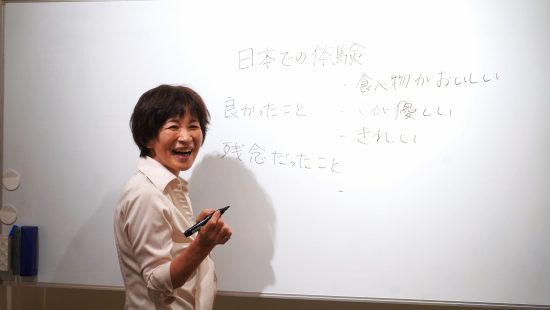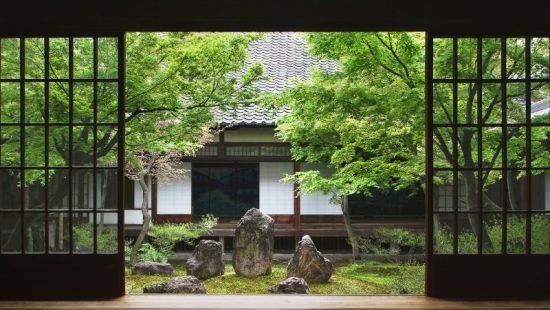|
Japanese and Western Schools Differ in Several Ways

Have you ever switched to a new school after moving to a new city and instantly sensed that this new school is altogether different from the old one? Imagine the identical situation, except instead of going a short distance away, you move to the other side of the planet.
Although educating the next generation of learners is the primary goal of schools in both Japan and the West, the academic cultures and practices of the two regions are notably unlike.
Students often experience a significant culture shock due to the divergent cultural norms between Japan and western nations, but just anticipating these scenarios doesn’t guarantee that they will be simple to adapt to. Therefore, studying more about it will expand your understanding and improve your preparation.
The ten most significant distinctions between Japanese and Western schools are covered in the list below.
10. Various Entrance Examinations
Have you ever attempted to take an admission exam? If so, do you have any memories of how tense everything was? Most people who have taken this sort of test must have done so in order to apply to college.
However, entrance tests are required in Japan for all levels. These tests are required of students for junior high school, senior high school, and a separate exam for university.
It is crucial to choose the right school. Schools from earlier grades will improve a student’s academic standing and support his or her entrance to a reputable institution.
9. Disruptive Ceremonies
Have you ever participated in commencement exercises or attended a graduation ceremony? However, it’s a memorable, motivating, and gratifying time for everyone involved—students, parents, and teachers.
Graduations are also held in Japan, of course. But did you know that they also have entry rituals? These gatherings greet the incoming students each school year. While entry ceremonies may be uncommon in western nations since it is hard to celebrate something like this without a feeling of commitment to the institution or the individuals, graduations are highly meaningful and real.
8. After-school programs
Exams are a significant source of headaches and restless nights for students throughout the globe. Exam weeks are usually fairly stressful, and studying on your own is quite time-consuming.
The existence of cram schools among the Japanese may be due to this. Students may join in these after-school programs to get assistance with challenging courses or disciplines. These programs may also help in dealing with tests, including admission exams.
7. No school buses, please
In Japan, the vast majority of students often reside nearby their places of education. Therefore, the majority of them normally get to the school on foot or by bicycle. They could use the train as their main source of transportation if they reside in a nearby town.
School buses that transport kids from their homes to school and back are common in Western nations, especially the United States. Nevertheless, not all students use the bus; some choose other modes of transportation, such as walking or being dropped off and picked up by parents.
6. Slippers and Shoes
Remember the moment from The Fast and the Furious: Tokyo Drift when Sean Boswell, the main character, is late to class and the instructor instructively instructs him to get a “uwabaki” as soon as he enters? That scenario, then, was accurate. Uwabaki are Japanese slippers designed for use in homes, workplaces, and other locations where wearing outside shoes is prohibited.
Students at Japanese schools must enter the classrooms using the provided slippers since street shoes are not permitted inside. This practice is entirely unheard of in western institutions and is only noticeable there.
5. Mobile Instructors
Depending on their timetables, students at Western universities often go from classroom to classroom. Because of this, most kids from these nations develop strong bonds at a young age.
In contrast, a class is assigned to a homeroom in Japan so that students don’t have to go from one room to another. Instead, instructors from various topic areas will switch to different homerooms.
6. Clean as You Go
The stereotype of Japan is accurate; it is a nation that appreciates responsibility and values discipline to the point that schools seldom employ janitors or cleaning services to keep classrooms tidy. Students are required to keep their rooms immaculate.
Students in western nations are not compelled to pick up rubbish or do tasks, but they are urged to keep the school clean. Janitors and maintenance personnel are often required by western schools to maintain the campus’ cleanliness.
3. Grade Levels
Western educational systems, including those in the US, classify students in grades 1 through 5 as elementary, 6 through 8 as junior high, and 9 through 12 as high school students.
The similar system is used in Japanese schools, although junior high pupils are seen as being in classes 1 to 3, and high school students as being in grades 1 to 3.
2. Dress codes
The majority of Japanese schools do not enforce clothing standards for children in the basic grades. They are permitted to show up to class in casual attire. However, when kids go to junior high and high school, they will begin donning the traditional Japanese uniforms, which have white shirts and black bottoms, as seen in anime and motion pictures.
The majority of western schools allow students to express their creativity and sense of style, however some exclusive private academies do insist that pupils wear uniforms.
1. No Holdbacks
A student’s will to continue on the road to academic achievement and his or her self-esteem might be severely harmed by being held back by a year. The idea of grade retention is strictly enforced in schools in western countries.
However, it seems that in Japan, grades have no bearing on your likelihood of moving on to the next year level. Results from admission exams sometimes carry more weight in Japanese institutions than actual grades earned during the academic year.
Conclusion
There are undoubtedly more academic differences between the cultures of Japan and the western half of the globe, but we hope this article will help you learn more about them.
Please share your thoughts on this topic with us. Up till then. Too-da-loo!






